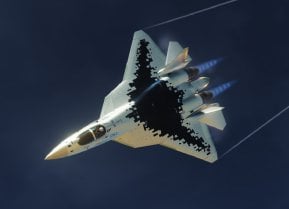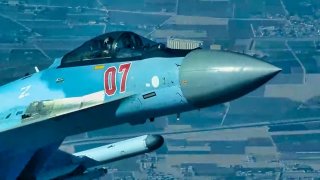Su-35 Flanker-E: This Russian Fighter Jet Is a Real Powerhouse
The Su-35 is a "fourth-generation ++" fighter jet designed to compete with American and Chinese aircraft.
Summary and Key Points: The Su-35 is a "fourth-generation ++" fighter jet designed to compete with American and Chinese aircraft.
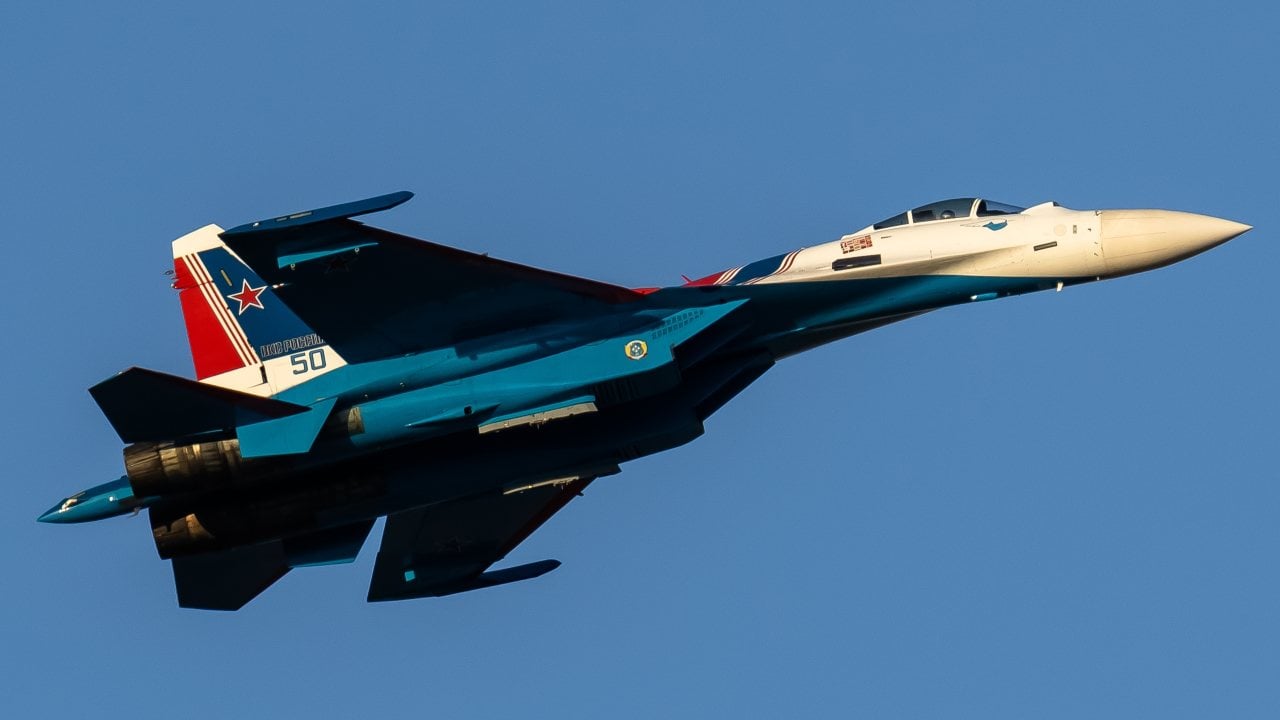
-It features advanced capabilities, radar systems, and engines.
-However, its performance in the Ukraine War has been underwhelming, with several units downed by Ukrainian forces.
-Production issues, partly due to reliance on Western technology, have further plagued the Su-35 program.
-The Russian defense industry is shifting focus to the Su-57, indicating the Su-35 has not met expectations.
-This raises concerns about using similar stopgap measures like the F-15EX Eagle II.
Russia's Su-35: Is the 'Fourth-Generation ++' Fighter Jet Falling Short?
The Su-35 was Russia’s attempt to keep pace with their American and Chinese competitors. Not quite a fourth-generation warplane but also not quite a fifth-generation warplane, the Russian defense industry described the warplane as belonging to its own unique category of “fourth-generation ++.” It is comparable to the Air Force’s new F-15EX Eagle II, which is also considered a “fourth-generation ++” system.
A supped-up variant of the Su-27, NATO has designated the Su-35 as the “Flanker-E.” The Russian defense community has claimed that the Su-35 is better than the US Air Force’s F-16. Some have even asserted that Flanker-E is comparable to America’s fifth-generation warplane, the F-35 Lightning II. This is because the Su-35 incorporates many of the fifth-generation warplane features.
Although, it must be stressed that the Su-35 is not comparable to the F-35 and would likely not best an F-35 in a dogfight, either at long-range or short-range combat.
Su-35: A Vicious Warbird
On paper, the Su-35 is certainly a vicious bird.
It has increased stealth capabilities, next-generation radar systems, and enhanced engines, all of which are more likely to be found in an actual fifth-generation platform as opposed to a fourth-generation system (which is why the Russians have designated the Su-35 as being something more than just another fourth-generation warplane).
The Su-35 is a multi-purpose fighter as well. It can conduct air defense, ground assault, and naval strikes.
The Flanker-E can engage in targets at long-distances.
The Su-35 possesses an array of armaments that makes it extremely lethal at any range. It has a 30-mm cannon, can carry air-to-air missiles, air-to-ground missiles, and anti-ship missiles. Overall, the Su-35 can carry eight metric tons of armaments.
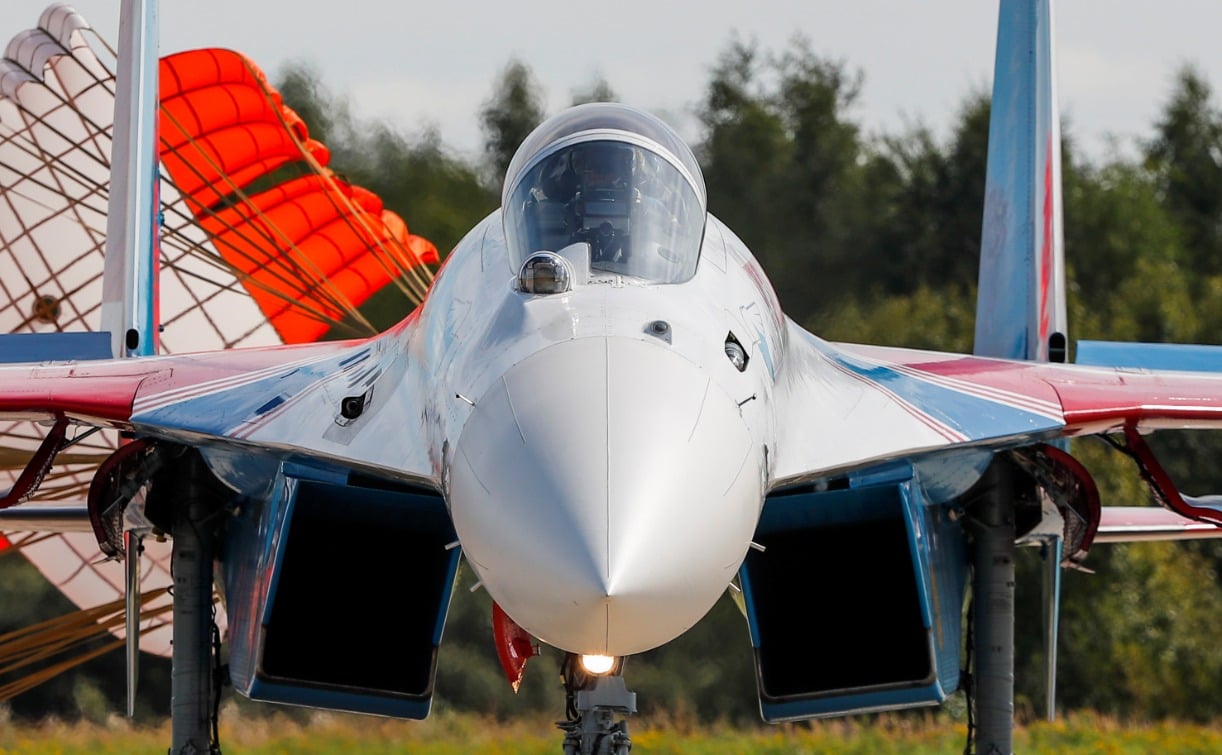
The Su-35 is able to carry a hypersonic weapons payload as well. The warplane can reach a maximum speed of Mach 2.5, with an operational range of 3,600 kilometers (or 2,236 miles per hour).
One notable feature of the Su-35 is its Ibris-E passive electronically scanned array radar which allows for the Su-35 to see targets at great distances. The warplane uses an advanced infrared search and tracking system that can see thermal emissions of aircraft as far as 50 kilometers (31 miles) away. Like the F-35, the Su-35 is equipped with multiple sensor nodes that are collated together by an advanced information-control system in the cockpit, giving the Su-35 pilot unprecedented situational awareness.
Su-35 Flanker-E in Ukraine War
Russia’s Su-35 has faced the crucible of combat in the Ukraine War.
According to many experts, the warplane has not performed as expected. As of last November, the Ukrainians have downed five Su-35s. It was further reported at the start of 2024 that a Ukrainian Patriot missile battery downed an additional two Su-35 in combat. Even the maker of the Su-35, Komsomolsk-on-Amur, admitted that the Su-35 has not performed as well as expected in combat over the unfriendly skies of Ukraine.

In fact, Russia’s air force has changed tactics somewhat when deploying the Su-35. They have taken advantage of the long-range combat capabilities of the Su-35, engaging in over-the-horizon strikes against Ukrainian targets. According to Ashish Dangwal of the EurAsian Times, these tactics by Russia have “forced Ukrainian fighter jets to operate at lower altitudes.” Nevertheless, at the outset of the Ukraine War, in September 2022, it was reported that the Su-35 reported “at least seven air-to-air victories” over Ukrainian fighters.
Problems with Su-35 Production Line
For its part, the Su-35 has been plagued by further complications in its production line. Notably, many key components in the Su-35s design are, in fact, Western devices. This is where Western sanctions have bitten the Russian defense industry hard. The production line of the Su-35s has been stymied because of that platform’s reliance on Western tech.
Still, the idea that the Su-35 is total junk is overwrought. The Su-35 is truly a mixed bag. That’s because it is a hybrid of fourth-generation and fifth-generation warplanes.
Considering how much dis-and-misinformation has been perpetuated by both sides in the Ukraine War, there is no way of knowing for sure just how effective or ineffective the Su-35 has been. Yet, we can understand that its reputation has taken a serious hit, by the fact that many of the foreign countries that were interested in purchasing the platform from Russia have started to pullback after reports of its lackluster performance in the skies above Ukraine were reported.
What’s more, the fact that Russia’s defense industry has started to shift its production focus away from the Su-35 series of warplane and toward the Su-57, Russia’s actual fifth-generation warplane, should indicate to Western analysts that the Su-35 is not working out as well as Moscow had hoped.
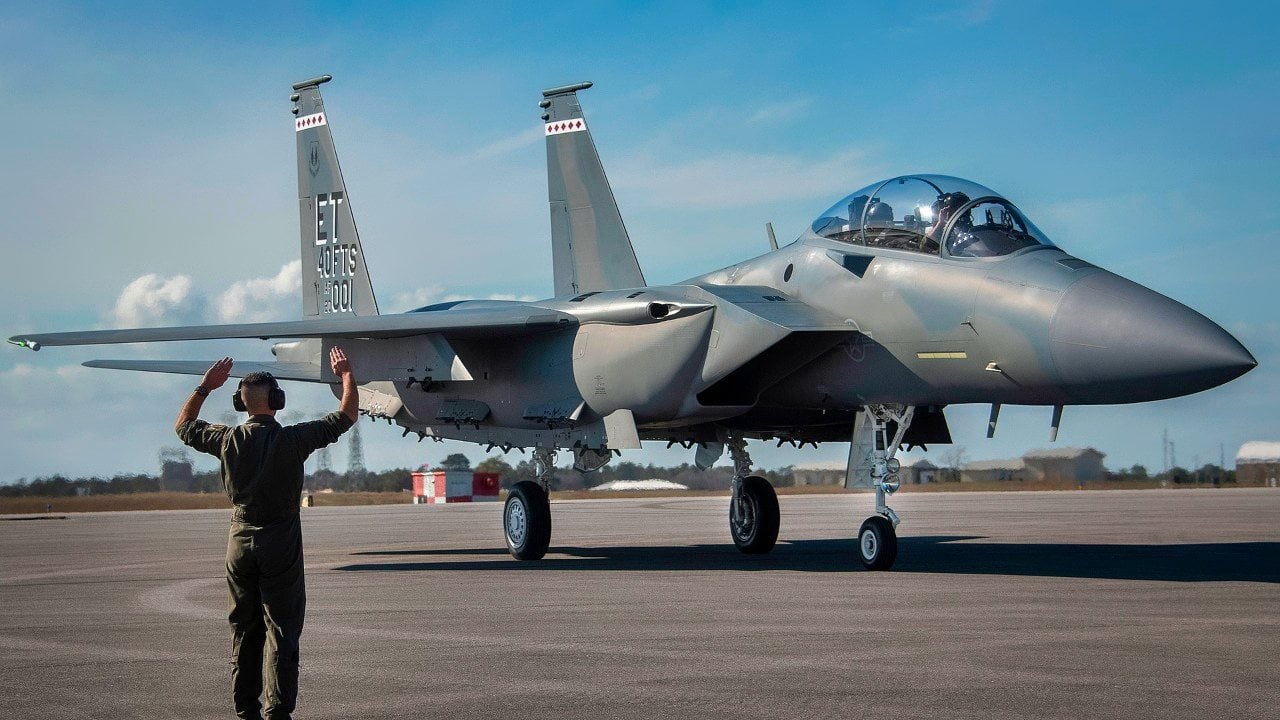
It should be a further warning to the Pentagon’s planners, who intend on using the cheaper F-15EX Eagle II as a stopgap against Chinese and/or Russian fifth-generation warplanes in combat. Perhaps the “fourth-generation ++” is a desperate gambit by short-sighted defense planners that might not pan out. That’s certainly how it looks for Russia’s Air Force as they wage war for control over Ukraine’s skies.
About the Author:
Brandon J. Weichert, a National Interest national security analyst, is a former Congressional staffer and geopolitical analyst who is a contributor at The Washington Times, the Asia Times, and The-Pipeline.
All images are Creative Commons.
